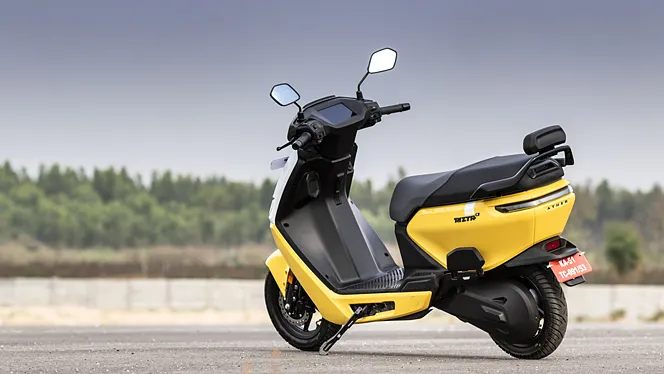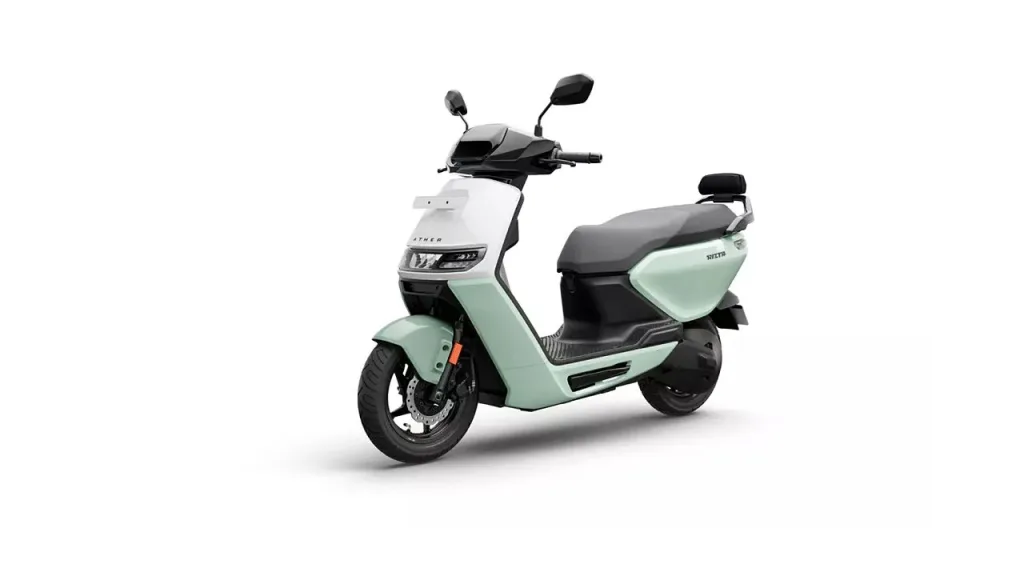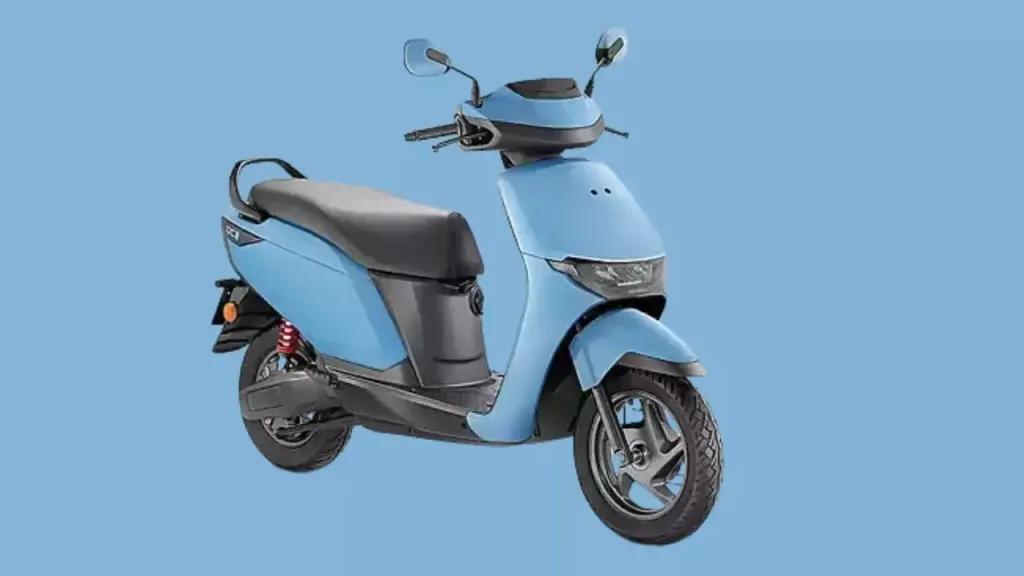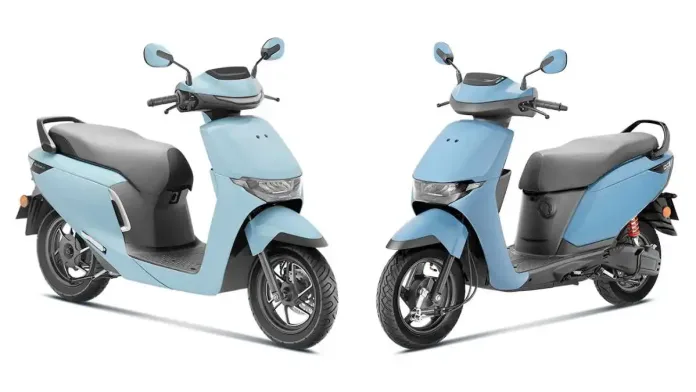The electric revolution is quietly transforming Indian streets, one scooter at a time. As fuel prices climb and environmental concerns grow, electric scooters have evolved from novelty to necessity. In this rapidly expanding market, two models have captured significant attention: the Honda QC1 and the Ather Rizta S.
When comparing Honda QC1 vs Ather Rizta S for the best budget EV scooter, several key factors need to be considered. One represents the entry of a traditional automotive giant into the electric space, while the other comes from a dedicated EV manufacturer with a growing reputation for innovation. Both target the budget-conscious Indian consumer but with distinctly different approaches.
I recently had the opportunity to test both scooters extensively through Mumbai’s congested streets and open highways. What follows isn’t just a technical comparison but a real-world assessment of how these electric contenders perform where it matters most—in daily Indian riding conditions.
Technical Specifications: Numbers That Matter
Before diving into the riding experience, let’s examine the technical specifications that define these machines:
| Specification | Honda QC1 | Ather Rizta S |
|---|---|---|
| Battery Capacity | 1.5 kWh | 2.9 kWh (Base variant) |
| Range | 80 km | 123-160 km |
| Top Speed | 50 km/h | 80 km/h |
| Motor Power | 1.8 kW | 4.3 kW |
| Weight | 89.5 kg | 119 kg |
| Charging Time | 6 hours 50 minutes | 6 hours 40 minutes |
| Price (Ex-showroom) | ₹90,000 | ₹1.12-1.49 Lakhs |
The numbers tell a clear story: the Ather Rizta S offers significantly more power, range, and speed, but at a higher price point and with added weight. The Honda QC1 positions itself as the more affordable, lightweight option with modest but practical specifications.

The Honda QC1 Experience: Simplicity Meets Reliability
The Honda QC1 offers an affordable entry point into the electric scooter market at ₹90,000. When I first approached the Honda QC1, its conventional design felt reassuringly familiar. Honda hasn’t tried to make this look like a spacecraft—it’s clearly a scooter, just one that happens to be electric.
Riding Impressions
Twisting the throttle, the QC1 moves forward with a smooth, linear acceleration that feels predictable and controlled. The 1.8 kW motor won’t pin you back in your seat, but it’s perfectly adequate for navigating through traffic. The 50 km/h top speed might seem limiting on paper, but in congested urban environments, it rarely becomes a constraint.
“The QC1 feels exactly like what it is—Honda’s careful first step into the electric scooter market,” notes Rajiv Sharma, an automotive analyst I consulted. “They’ve prioritized reliability and affordability over cutting-edge features.”
Practical Features
With its lightweight design, the Honda QC1 is easy to maneuver through congested city streets. The 26-liter underseat storage accommodates a half-face helmet with room to spare for daily essentials. The LCD display provides basic information clearly, though it lacks the tech flourishes of more premium models.
The two riding modes—Eco (limited to 30 km/h) and Standard (up to 50 km/h)—offer a simple way to prioritize either range or speed. During my testing, the claimed 80 km range proved accurate in Eco mode, dropping to about 65 km in Standard mode with moderate traffic conditions.
The Ather Rizta S Experience: Technology Meets Performance
The Ather Rizta S stands out as an EV scooter with its superior range of up to 160 km on a single charge. Approaching the Ather Rizta S after riding the Honda reveals an immediate contrast. Everything about the Ather feels more deliberate in its modernity—from the digital display to the overall design language.
Riding Impressions
The difference in power is immediately apparent. The 4.3 kW motor delivers confident acceleration that makes merging with traffic and overtaking significantly easier. The 80 km/h top speed allows for comfortable highway riding, expanding the scooter’s versatility beyond just urban commuting.
Despite weighing nearly 30 kg more than the Honda, the Ather feels well-balanced once in motion. The suspension handles road imperfections competently, though you do feel the additional weight when maneuvering at very low speeds or when walking the scooter.

Tech-Forward Features
Tech-savvy riders will appreciate the Ather Rizta S for its Bluetooth connectivity and navigation features. The digital dashboard is intuitive and information-rich without being overwhelming. The navigation system proved particularly useful during my testing, offering clear directions without needing to mount a separate phone.
The 34-liter storage capacity exceeds the Honda’s, easily accommodating a full-face helmet. The adjustable seat height (780-840 mm) is a thoughtful touch that improves comfort for riders of different statures.
Budget Considerations: Initial Cost vs. Long-Term Value
Both models represent different segments within the budget electric scooters category in India. The price difference between these scooters is substantial—approximately ₹22,000 to ₹59,000 depending on the Ather variant chosen. This raises an important question: does the Ather justify its premium?
Cost Analysis
When shopping for budget electric scooters, it’s important to consider both initial cost and long-term value. The calculation isn’t straightforward and depends on several factors:
- Daily Range Requirements: If your daily commute exceeds 70 km, the Honda would require more frequent charging, potentially causing inconvenience.
- Electricity Costs: Both scooters have similar charging efficiency, but the Ather’s larger battery costs more to charge fully.
- Resale Value: While the market is still maturing, early trends suggest that tech-forward scooters like the Ather may retain value better.
- Feature Utilization: If you won’t use the Ather’s advanced features, the premium may not be justified.
“EV scooters typically have lower running costs than petrol alternatives,” explains Priya Menon, an EV economics specialist. “But within the EV category, the differences in running costs between models are often minimal compared to the purchase price difference.”
Real User Experiences: Beyond the Specifications
With a 4.5/5 user rating, the Ather Rizta S has proven popular among early adopters. I spoke with owners of both EV scooters to understand their experiences beyond the test rides.
Honda QC1 Owners
Deepak Verma, a 42-year-old accountant who has owned his QC1 for three months, appreciates its simplicity: “I wanted something reliable for my 10 km commute without complicated features. The Honda does exactly what I need it to do.”
Another owner, Sunita Patel, values the lightweight design: “As a woman rider, I find heavier ev scooters difficult to manage when parking. The QC1 is perfect for me—light enough to move around easily but stable on the road.”
Ather Rizta S Owners
Arjun Nair, a 35-year-old software engineer and Rizta S owner, emphasizes the technology aspect: “The connected features and app integration make it feel like a modern product, not just a ev scooter with a battery instead of a fuel tank.”
Kavita Sharma, who uses her Rizta S for food delivery work, highlights the range: “I cover about 100 km daily. With the Ather, I only need to charge every other day, which saves me time and keeps me earning.”

Practical Considerations: Living with an EV Scooter
Our comprehensive ev scooter comparison covers everything from performance to value for money. Beyond the specifications and features, several practical considerations affect the ownership experience:
Charging Infrastructure
EV scooters in India are gaining popularity as fuel prices continue to rise, but charging infrastructure remains a concern. The Honda’s smaller battery means it can be fully charged from a standard home outlet overnight. The Ather requires the same charging time despite its larger battery, thanks to its more efficient charging system.
Ather has also invested in a public charging network in major cities, giving its users additional charging options. Honda is still developing its charging infrastructure, though the QC1’s removable battery provides flexibility for those who can carry it to their homes or offices for charging.
Maintenance and Service
Honda’s extensive service network provides peace of mind, though their experience with electric vehicles is still developing. Ather has fewer service centers but has built a reputation for excellent after-sales support specifically tailored to electric vehicles.
Both manufacturers offer warranties on the battery and powertrain, with Ather’s coverage being slightly more comprehensive.
Who Should Buy Which EV Scooter?
The Honda QC1 vs Ather Rizta S battle comes down to your specific needs and budget. Based on my testing and research, here’s my recommendation on which scooter suits different rider profiles:
Choose the Honda QC1 if:
- You’re on a tight budget and want the lowest entry price
- Your daily commute is under 70 km
- You value lightweight maneuverability
- You prefer simpler, more traditional controls
- You want the reassurance of Honda’s established service network
Choose the Ather Rizta S if:
- You need the extended range for longer commutes
- You value performance and higher top speed
- You appreciate tech features like navigation and connectivity
- You have adequate storage space for a larger scooter
- You’re willing to pay more upfront for additional features and capability

The Future of EV Scooter in India
The infrastructure for ev scooters in India is improving, with more charging stations being installed. The competition between Honda and Ather represents a broader trend in India’s ev scooter market. Traditional manufacturers are entering the space with affordable, practical options, while newer companies push technological boundaries.
Government incentives are making ev scooters in India more affordable than ever. With continued policy support and infrastructure development, ev scooters could become the dominant form of personal transportation in urban India within the next decade.
Both the Honda QC1 and Ather Rizta S, in their different ways, are helping to accelerate this transition.
Conclusion: Different Approaches to the Same Future
This ev scooter comparison focuses on two popular models targeting different user segments. The Honda QC1 and Ather Rizta S represent two valid approaches to electric mobility. Honda offers an accessible entry point with its focus on affordability and simplicity, while Ather provides a more premium experience with enhanced performance and features.
Neither approach is inherently superior—they simply target different segments of the market. Your choice should ultimately depend on your specific needs, preferences, and budget.
What’s clear is that ev scooters have moved beyond being merely experimental alternatives to become legitimate transportation options. Whether you choose the pragmatic approach of the Honda QC1 or the tech-forward vision of the Ather Rizta S, you’re participating in the inevitable shift toward more sustainable urban mobility.
Also Read: Tata Nexon vs MG Windsor Comparison: Detailed Guide in 2025
Frequently Asked Questions About Honda QC1 vs Ather Rizta S
What is the price difference between Honda QC1 and Ather Rizta S?
The Honda QC1 is priced at approximately ₹90,000 (ex-showroom), while the Ather Rizta S ranges from ₹1.12 Lakhs to ₹1.49 Lakhs depending on the variant. This represents a difference of ₹22,000 to ₹59,000.
How does the range compare between these two EV scooters?
The Honda QC1 offers a range of approximately 80 km on a single charge, while the Ather Rizta S provides 123-160 km depending on riding conditions and mode. The Ather offers approximately 50-100% more range than the Honda.
Which EV scooter is better for city commuting?
Both scooters are well-suited for city commuting, but they excel in different aspects. The Honda QC1 is lighter and more maneuverable in tight spaces, while the Ather Rizta S offers better acceleration and top speed for keeping up with traffic flow.
How long does it take to charge these EV scooters?
The Honda QC1 takes approximately 6 hours 50 minutes for a full charge, while the Ather Rizta S requires about 6 hours 40 minutes despite its larger battery capacity, thanks to more efficient charging technology.
Do these scooters qualify for government subsidies?
Yes, both scooters currently qualify for FAME II subsidies in India, though the exact amount varies by state and may change with policy updates. Local incentives may also apply depending on your state of residence.
Which scooter has better after-sales service?
Honda has a more extensive service network across India, but Ather has built a reputation for excellent, specialized EV scooter service in the cities where they operate. Ather also offers more comprehensive remote diagnostics through its connected features.
What is the weight difference between these EV scooter?
The Honda QC1 weighs 89.5 kg, while the Ather Rizta S weighs 119 kg—a difference of 29.5 kg. This makes the Honda easier to handle when walking the scooter or maneuvering at very low speeds.
Are spare parts readily available for both EV scooter?
Honda’s established network means parts are generally available across India. Ather parts availability is excellent in cities where they have a presence but may be more limited in smaller towns and rural areas.


